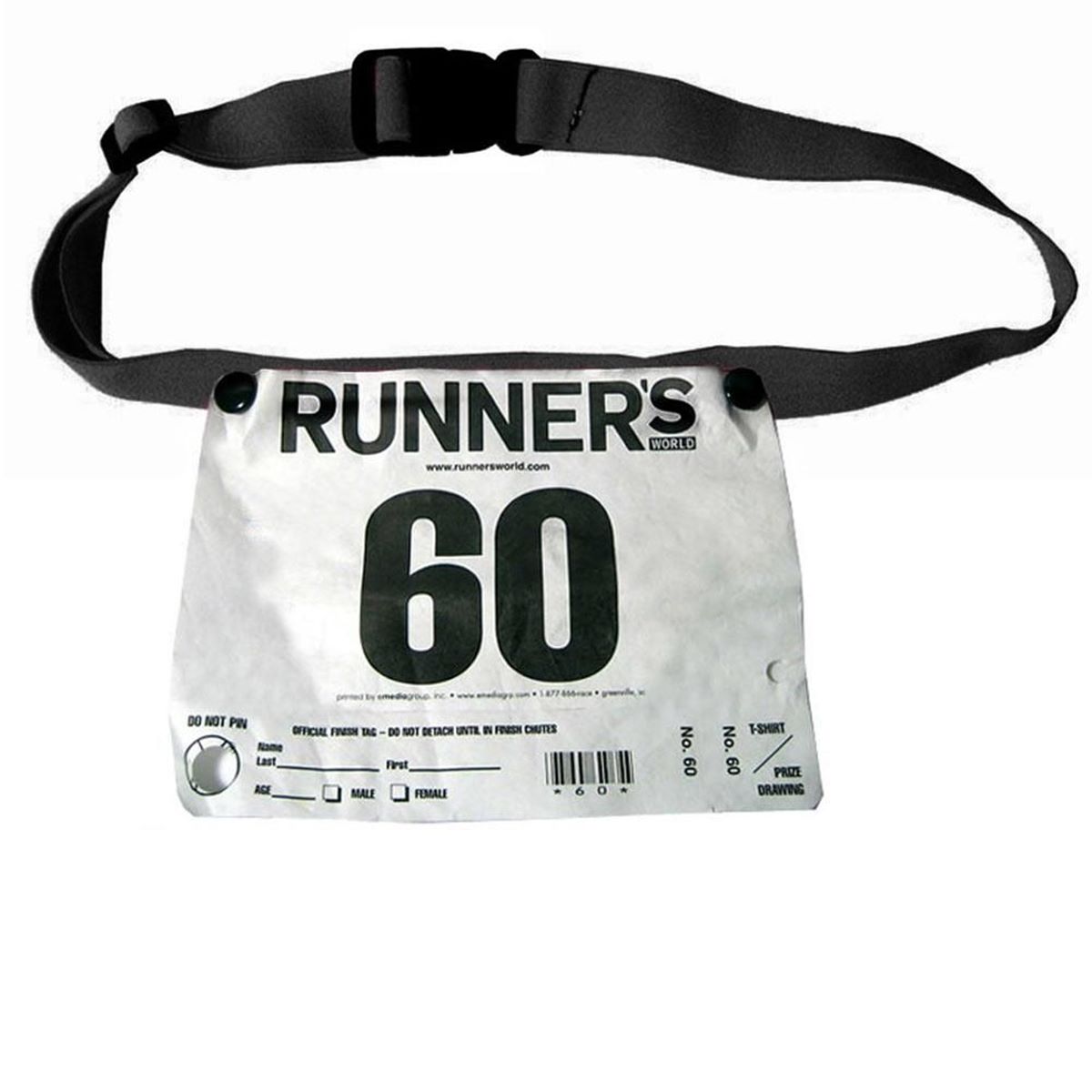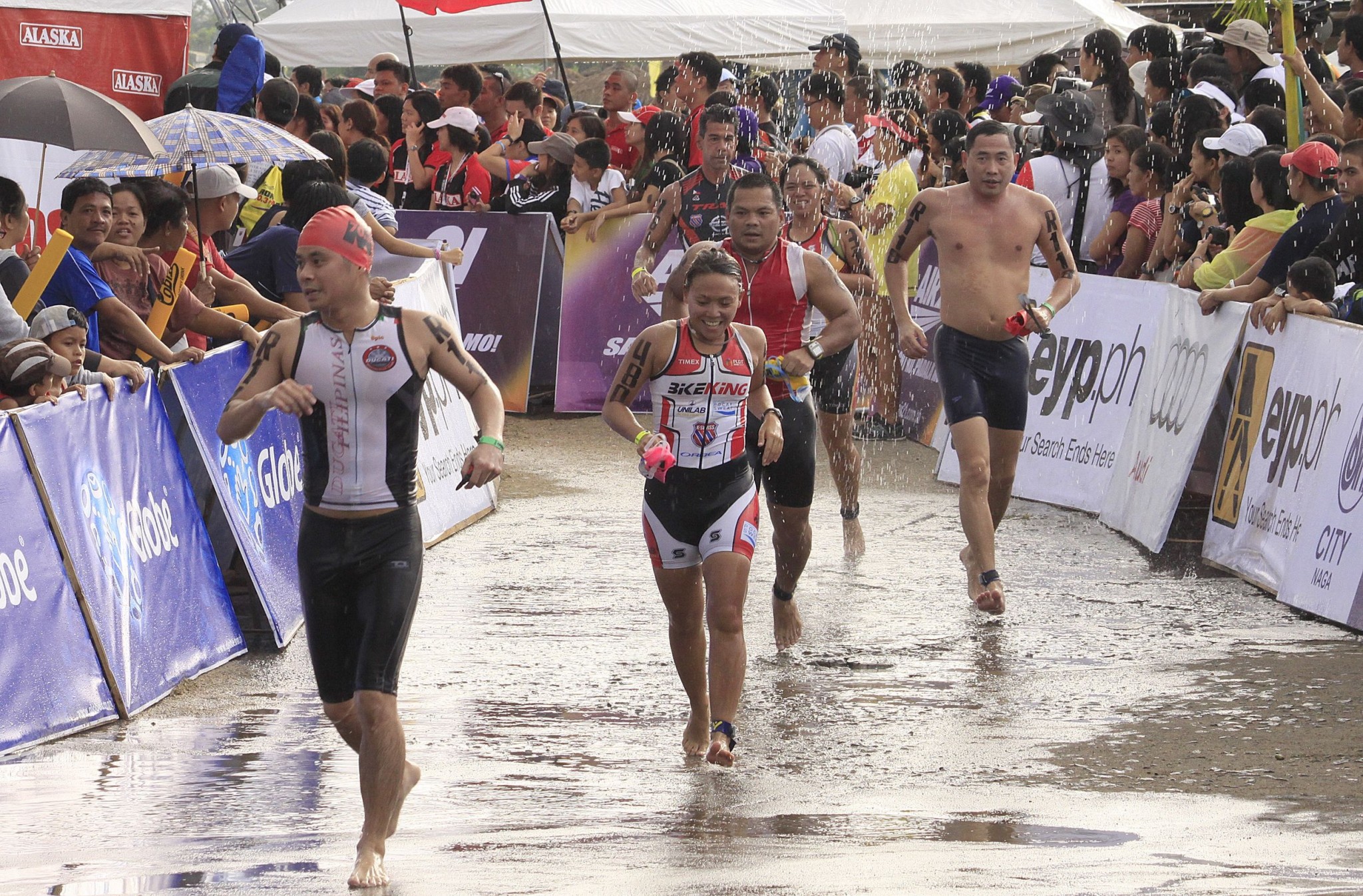

Featured
How To Figure Out Triathlon Score
Modified: January 2, 2024
Learn how to calculate your triathlon score with this featured guide. Discover the key factors and formulas to determine your performance in this multi-sport event.
Introduction
Welcome to the world of triathlon, where athletes push their physical and mental limits to compete in a grueling test of endurance. Triathlon consists of three distinct disciplines – swimming, biking, and running – each with its own unique challenges. But how do you determine the overall performance or score of a triathlon? In this article, we will delve into the intricacies of calculating the triathlon score.
Understanding how scoring works in triathlon is essential not only for athletes, but also for event organizers, coaches, and spectators alike. It provides a standardized way to compare performances across different races and levels of experience. While it may seem straightforward at first, the triathlon score is a multifaceted calculation that takes into account various factors from each discipline.
By understanding the intricacies of the scoring system, athletes can gain valuable insights into their strengths and weaknesses, enabling them to develop targeted training programs. Similarly, event organizers can use the triathlon score to provide a fair and accurate way to evaluate and rank participants, ensuring a level playing field.
In the next sections, we will take a closer look at the steps involved in determining the triathlon score, beginning with the swim discipline, followed by the bike and run disciplines. We will then explore how these individual scores are combined and interpreted to give an overall assessment of an athlete’s performance. So, let’s dive in and uncover the secrets behind the triathlon score calculation.
Understanding the Triathlon Score
The triathlon score is a numerical representation of an athlete’s performance in a triathlon event. It is calculated by combining scores from each of the three disciplines – swimming, biking, and running. Each discipline contributes differently to the overall score based on its relative importance in the triathlon.
One important aspect to understand is that the triathlon score is not based solely on finishing time. While finishing time is a crucial factor, the scoring system takes into account other factors such as distance covered, speed, and technique. This ensures that athletes are evaluated on various aspects of their performance rather than simply the time it takes to cross the finish line.
Another concept to grasp when it comes to the triathlon score is the idea of a baseline score. This is the average score achieved by athletes who compete at a certain level of proficiency. It serves as a benchmark against which individual scores are compared and evaluated. By comparing an athlete’s score to the baseline, it is possible to gauge their performance relative to their peers.
It is also worth noting that the scoring system may vary depending on the specific triathlon event and its governing body. Some events may place more weight on certain disciplines or adjust scoring criteria to suit the nature of the race. Therefore, it is essential for athletes to familiarize themselves with the scoring rules of the specific event they are participating in.
Overall, understanding the triathlon score is crucial for athletes and participants to gauge their performance, set goals, and track progress. It provides a standardized method of evaluation that takes into account various factors from each discipline. In the next sections, we will outline the steps involved in calculating the triathlon score, beginning with the swim discipline.
Step 1: Determining the Swim Score
The first step in calculating the triathlon score is to determine the swim score. The swim discipline is often considered the foundation of a triathlon, setting the tone for the rest of the race. The swim score is determined by factors such as swim time, distance covered, and technique.
To calculate the swim score, the swim time is compared to the average time of participants in the same event. A faster swim time will result in a higher score, indicating a stronger performance in the swim discipline. On the contrary, a slower time will yield a lower score.
In addition to the swim time, the distance covered in the swim is also taken into account. Longer swim distances will generally result in higher scores, as they require greater endurance and stamina. However, it is important to note that the distance factor may vary depending on the specific event and its guidelines.
Finally, technique plays a significant role in determining the swim score. Efficient and effective swimming techniques, such as proper body positioning, breathing rhythm, and stroke mechanics, can improve overall performance. Athletes with better technique may receive a higher score compared to those with less efficient swimming methods.
Once all these factors are considered, the swim score is determined. It is important to understand that the swim score is just one component of the overall triathlon score, and its weight may vary depending on the event rules and regulations.
By evaluating the swim score, athletes can identify their strengths and weaknesses in the swim discipline. This information can then be used to tailor training programs towards improving swim performances and ultimately achieving a better overall triathlon score.
Now that we have covered the swim discipline, let’s move on to the next step in calculating the triathlon score – the bike discipline.
Step 2: Calculating the Bike Score
Once the swim score is determined, the next step in calculating the triathlon score is to calculate the bike score. The bike discipline is a crucial part of a triathlon, requiring speed, endurance, and strategic decision-making. The bike score is influenced by factors such as bike time, average speed, and course difficulty.
To calculate the bike score, the bike time is compared to the average time of participants in the same event. A faster bike time will result in a higher score, indicating a stronger performance in the bike discipline. Conversely, a slower time will yield a lower score.
Another factor that contributes to the bike score is the average speed maintained during the bike leg. Athletes who maintain a higher average speed demonstrate greater cycling efficiency and stamina, which can lead to a higher score. Additionally, the distance covered during the bike leg is taken into account, with longer distances generally resulting in higher scores.
Course difficulty is also considered when calculating the bike score. Some triathlons feature challenging terrains, such as hilly or windy routes, which can significantly impact performance. Athletes who navigate difficult courses with skill and determination may receive a higher score to reflect their efforts.
Similar to the swim discipline, the bike score is just one component of the overall triathlon score and may carry different weight depending on the event’s scoring system. Evaluating the bike score provides athletes with valuable insights into their performance on the bike leg and helps identify areas for improvement.
By analyzing the bike score, athletes can assess their speed, endurance, and bike handling skills. This information can be used to fine-tune training programs, focusing on areas that need strengthening, and ultimately contribute to achieving a higher overall triathlon score.
Now that we have covered the swim and bike disciplines, let’s move on to the final step in calculating the triathlon score – evaluating the run discipline.
Step 3: Evaluating the Run Score
After determining the swim and bike scores, the final step in calculating the triathlon score is evaluating the run score. The run discipline is often considered the most mentally and physically demanding part of a triathlon. It requires endurance, speed, and the ability to push through fatigue. The run score is determined by factors such as run time, average pace, and course difficulty.
To calculate the run score, the run time is compared to the average time of participants in the same event. A faster run time will result in a higher score, indicating a strong performance in the run discipline. Conversely, a slower time will yield a lower score.
Average pace is another factor that contributes to the run score. Athletes who maintain a faster average pace during the run leg demonstrate excellent endurance and running efficiency. This is reflected in a higher score. Additionally, the distance covered in the run leg is taken into account, with longer distances generally leading to higher scores.
Another aspect to consider when evaluating the run score is the difficulty of the course. Some triathlons feature challenging terrains or weather conditions that can significantly impact performance. Athletes who overcome these challenges with determination may receive a higher score to reflect their efforts.
Similar to the swim and bike disciplines, the run score is just one component of the overall triathlon score and may carry different weight depending on the event’s scoring system. Analyzing the run score provides athletes with valuable insights into their performance during the run leg and helps identify areas for improvement.
Evaluating the run score allows athletes to assess their endurance, speed, and mental fortitude. It provides an opportunity to identify areas that need improvement and devise specific training strategies to enhance performance. By focusing on improving their run score, athletes can strive to achieve a higher overall triathlon score.
Now that we have evaluated the run score, let’s move on to the next step in calculating the triathlon score – combining the scores from each discipline.
Step 4: Combining the Scores
Once the scores for each discipline – swim, bike, and run – are determined, the next step is to combine them to calculate the overall triathlon score. Combining the scores provides a comprehensive assessment of an athlete’s performance across all three disciplines and allows for easier comparison among participants.
There are different methods for combining the scores, and the specific formula used may vary depending on the event’s rules and regulations. One common approach is to assign weights to each discipline based on their relative importance in the triathlon. For example, a triathlon might assign a higher weight to the bike leg, considering it to be more influential in the final outcome.
Once the weights are determined, the scores from each discipline are multiplied by their respective weights. The resulting scores are then summed together to obtain the overall triathlon score. This method ensures that each discipline’s contribution is appropriately reflected in the final score.
It’s important to note that some triathlons may adopt a different approach, such as assigning equal weights to each discipline or using a more complex scoring system that takes additional factors into consideration.
The combined score provides a clear and concise measure of an athlete’s performance in the triathlon. It allows athletes to see their strengths and weaknesses in each discipline and highlights areas that may require further improvement. Additionally, the overall triathlon score enables fair comparison and ranking among participants, providing a sense of accomplishment and motivation for future competitions.
Now that we have combined the scores, let’s move on to the final step – interpreting the triathlon score.
Step 5: Interpreting the Triathlon Score
Interpreting the triathlon score is the final step in understanding an athlete’s performance in a triathlon. The triathlon score provides valuable insights into an athlete’s overall performance and allows for comparisons with other participants. In this step, we will explore how to interpret the triathlon score and what it reveals about an athlete’s strengths and areas for improvement.
A higher triathlon score indicates a stronger performance overall, highlighting the athlete’s ability to excel in all three disciplines – swim, bike, and run. It suggests a well-rounded athlete who has trained and prepared effectively for the triathlon. Conversely, a lower score may indicate areas that need improvement or that a particular discipline is a relative weakness for the athlete.
Understanding individual discipline scores within the triathlon score is also crucial in interpreting the overall performance. If an athlete has a high swim score, it suggests proficiency and efficiency in the water. Similarly, a high bike score showcases strong cycling skills and endurance. A high run score indicates a fast and efficient performance during the run leg.
By examining each individual discipline score, athletes can identify their strengths and weaknesses. This knowledge can be used to develop targeted training plans aimed at improving weaker areas and maintaining or enhancing strengths. It allows athletes to focus on specific aspects of their training regimen to achieve better overall triathlon scores in the future.
Furthermore, comparing the triathlon score to the baseline score for the particular event or level of competition provides athletes with context for performance evaluation. If an athlete’s score is above the baseline, it indicates a stronger performance relative to their peers. Conversely, if the score is below the baseline, it suggests areas for improvement to catch up with the average performance level.
It is important to remember that the interpretation of the triathlon score should be done in conjunction with a holistic assessment of an athlete’s performance, including factors such as strategy, mental resilience, and transitions between disciplines. The score should be viewed as a valuable tool for motivation, performance tracking, and goal-setting.
Now that we have explored how to interpret the triathlon score, let’s summarize the key points we have covered in this article.
Conclusion
Calculating and interpreting the triathlon score is a key aspect of the sport that allows athletes, event organizers, and spectators to evaluate and compare performances. Understanding the components and steps involved in determining the triathlon score provides valuable insights into an athlete’s strengths and areas for improvement.
Throughout this article, we have explored the importance of the triathlon score and how it is calculated. We learned that the score is composed of individual scores from the swim, bike, and run disciplines, with each discipline contributing differently based on its relative importance in the triathlon.
By determining the swim, bike, and run scores, athletes can analyze their performance in each discipline and identify areas that require improvement. Whether it is refining swimming technique, increasing cycling speed, or enhancing running endurance, understanding the individual component scores helps athletes tailor their training programs to excel in specific areas.
Combining the discipline scores provides the overall triathlon score, which reflects an athlete’s performance across all three disciplines. Interpreting this score is essential for assessing an athlete’s overall performance, comparing scores with peers, and setting goals for future races.
It is important to note that the triathlon score should be interpreted in conjunction with other factors such as strategy, mental resilience, and transitions between disciplines. These elements complement the numerical score and paint a holistic picture of an athlete’s performance.
By utilizing the triathlon score as a motivational tool, athletes can track their progress, set realistic goals, and strive to achieve better scores in future competitions. It also allows event organizers to rank participants fairly and accurately, ensuring a level playing field and providing a benchmark for assessing performance.
In conclusion, understanding the triathlon score adds depth and insight to the world of triathlon. It provides a standardized method of evaluation, enabling athletes to assess their performance, identify strengths and weaknesses, and continuously improve. So, whether you’re an athlete aiming to enhance your triathlon score or an enthusiast following the sport, the triathlon score is a valuable metric that adds excitement and competition to the world of multisport events.









